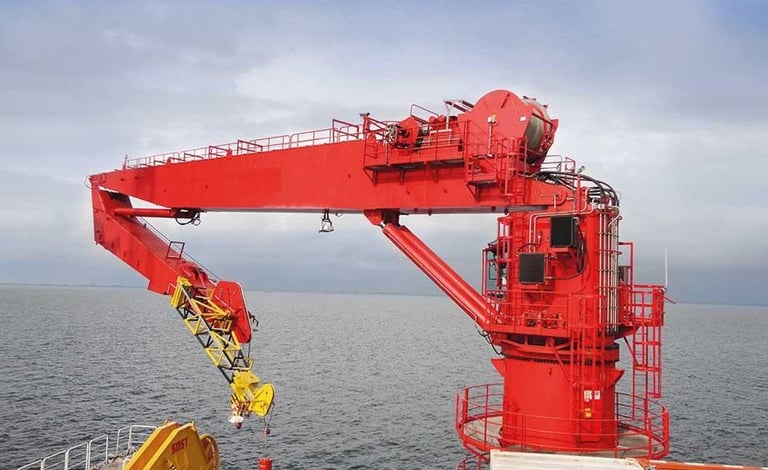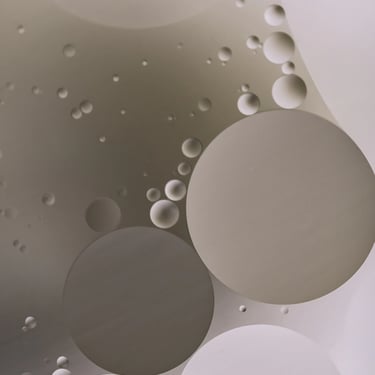

To ensure regulatory compliance, safe lifting operations, and high asset performance, it is essential to adopt a systematic and rigorous approach. Safe, reliable, and successful lifting operations largely depend on a comprehensive inspection strategy for lifting equipment.
Lifting equipment inspections must be conducted and documented in accordance with statutory, classification, and company requirements. Inspectors must hold the necessary external and internal approvals to perform inspections and controls in compliance with the current regulations for the specific type and category of equipment. Approved procedures and checklists covering the full scope of inspection will be utilized, and results will be documented in the client’s system, where applicable.
The certifications and periodic inspections carried out by TECH-INSP are based on relevant equipment standards and manufacturer operating instructions, typically including:


The certifications and periodic inspections conducted by TECH-INSP are based on relevant equipment standards and manufacturer operating instructions, which typically include:
Documentation and Certification Review: The process begins with a comprehensive verification of all relevant documentation, including compliance certificates and past inspection records. This step ensures that all paperwork is accurate, up to date, and aligned with regulatory standards, confirming the equipment's compliance and operational integrity.
Reviewing Previous Inspection Reports: Reviewing previous inspection reports helps identify trends and potential recurring issues, allowing for a more accurate assessment of the current condition of the equipment.
Maintenance and Equipment History: Maintenance history analysis provides a comprehensive view of previous equipment interventions, helping to predict potential failures and future maintenance needs.
Crane Oil and Grease Analysis Control: Oil and grease analysis is crucial to detect contamination and wear, ensuring that the crane's internal components are functioning properly.
Assessing Lifting Equipment Usage in Relation to Design Life: Assessing lifting equipment usage in relation to its planned life is essential to ensure that the equipment is still fit for safe and efficient operation. This includes the assessment required to initiate the life analysis.
Condition Control (including marking): Visual and physical inspection of the condition of equipment, including all safety markings, is essential to ensure that the equipment has no visible damage or signs of excessive wear.
Testing of All Functions, Safety Functions and Limit Switches: All safety systems and operational functions, including limit switches, must be tested to ensure they operate correctly and safely.
Testing of All Emergency Operation Systems and Functions: Ensuring that all emergency operation systems are functioning properly is vital to safety during critical situations.
Wear Measurement: Accurately measuring the wear of critical equipment components is essential to predicting and preventing failures.
Visual Inspection: Detailed visual inspection of all equipment components allows early identification of potential problems.
Wire Rope Pulley and Wire Rope Inspection: Inspecting pulleys and wire ropes is crucial to ensure there are no signs of wear, corrosion or other damage that could compromise safety.
Once all inspection steps have been completed, the results are documented in detail. Complete and signed reports ensure full and transparent control, allowing stakeholders to have confidence in the condition and safety of lifting equipment.
By adopting this rigorous and structured approach, TECH-INSP ensures that all inspections are carried out consistently and to the highest standards, contributing to the operational safety and longevity of lifting assets.










